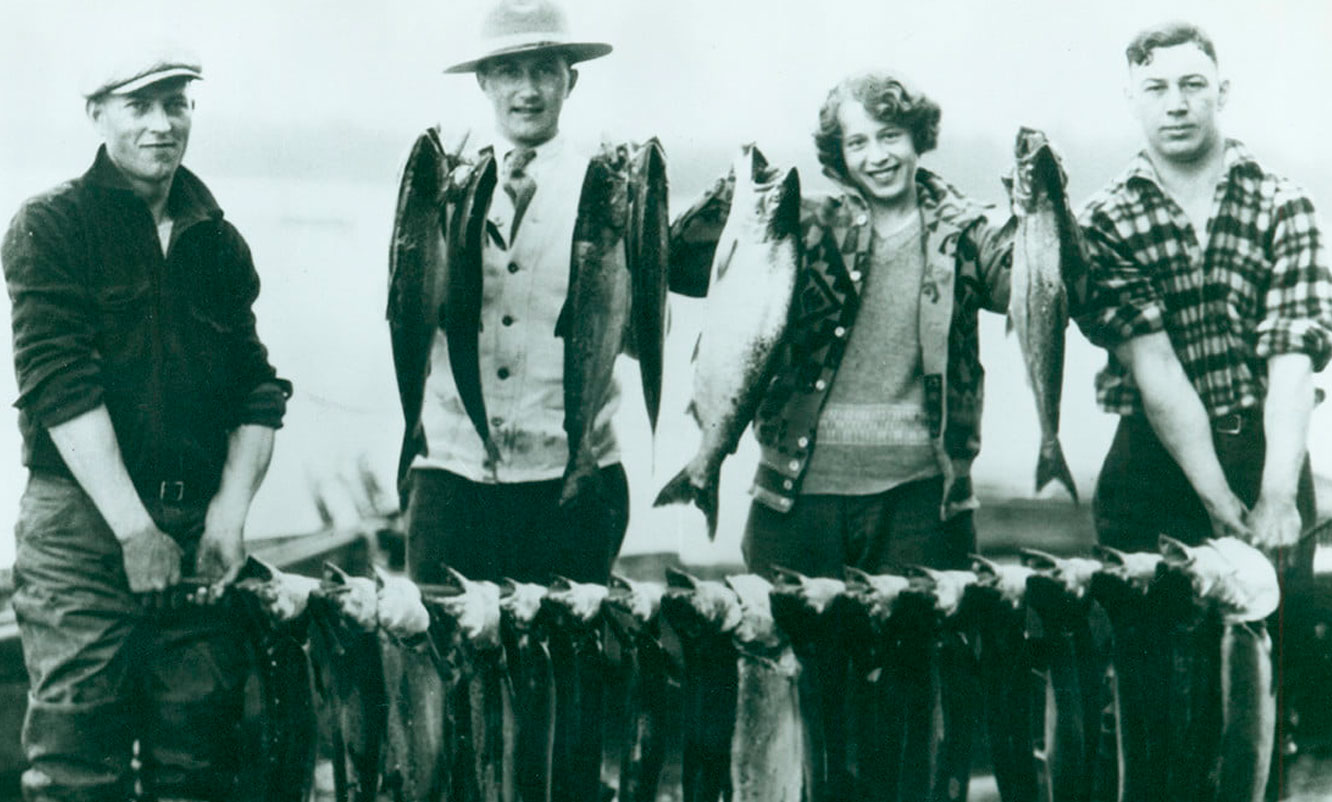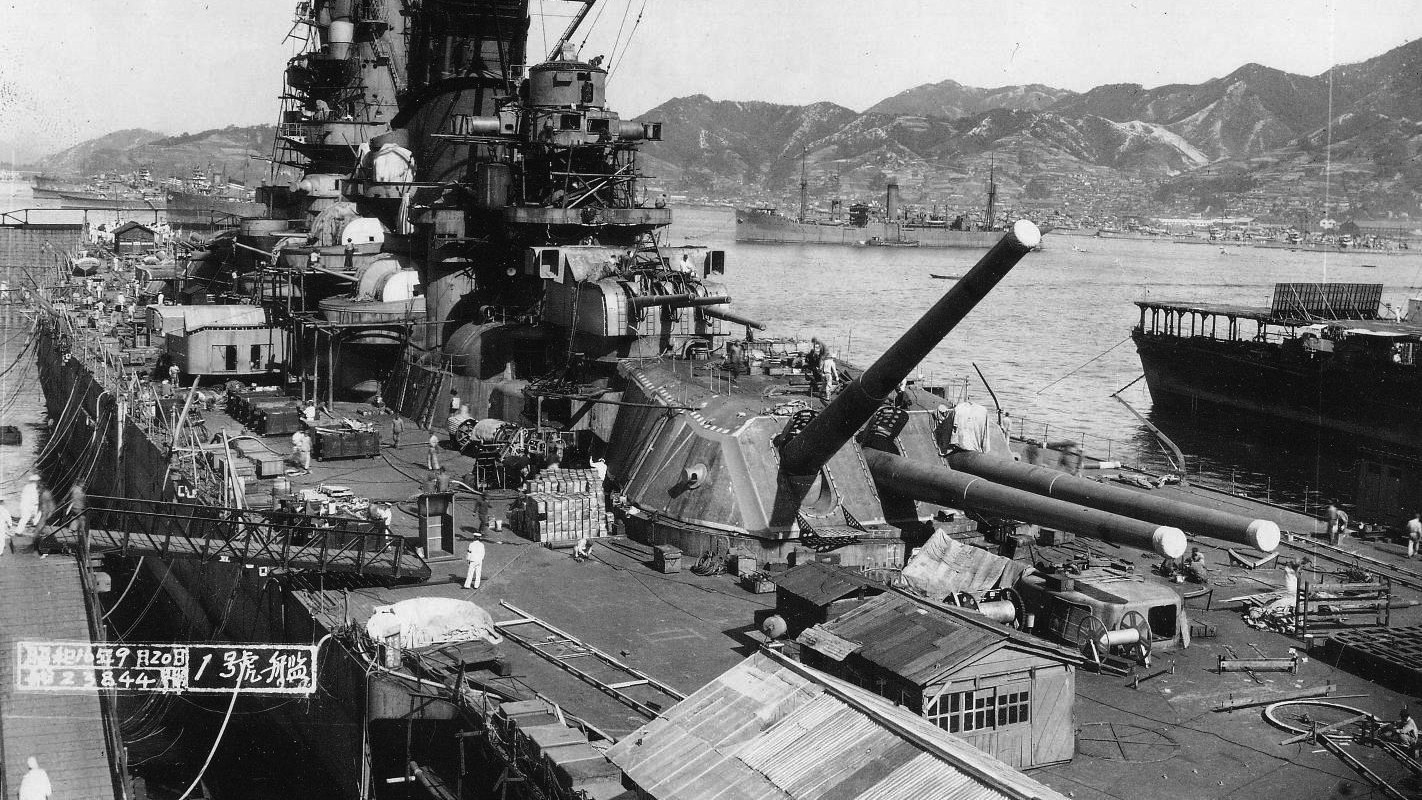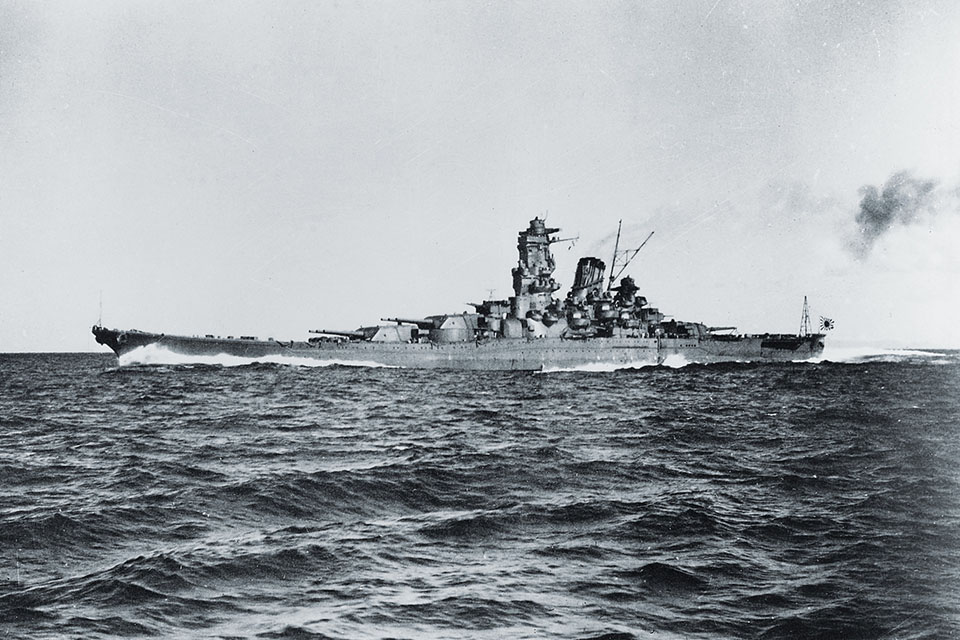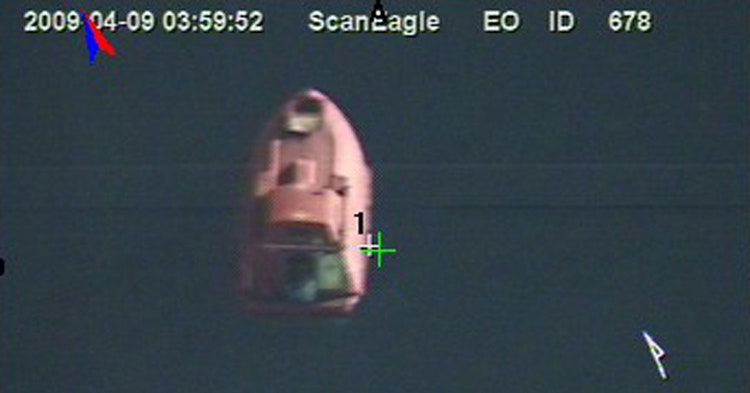smokinrav
Well-Known Member
Deepest shipwreck ever discovered surveyed. The destroyer USS Johnston, sunk in the Battle of Leyte Gulf, arguably the most heroic ship attack of the war. She was hit while maneuvering against the Yamato and three other battleships!
CNN : The world's deepest shipwreck has been fully surveyed.
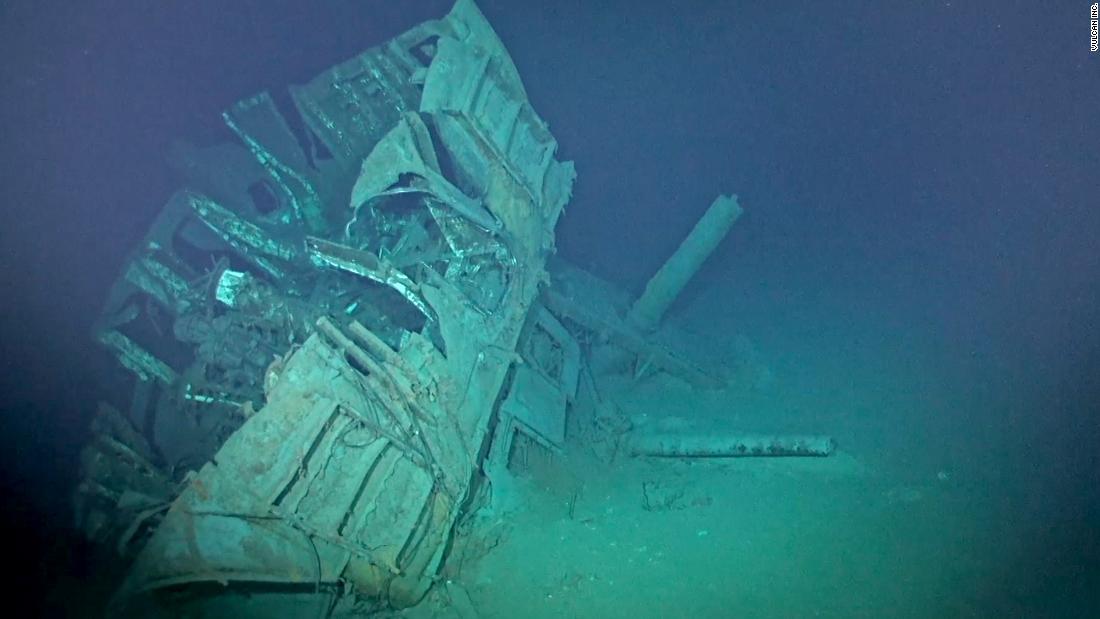
 rss.cnn.com
rss.cnn.com
CNN : The world's deepest shipwreck has been fully surveyed.

The world's deepest shipwreck has been fully surveyed
The world's deepest known shipwreck, a World War II US Navy destroyer, has been fully mapped and filmed by a US-based crew.
 rss.cnn.com
rss.cnn.com



